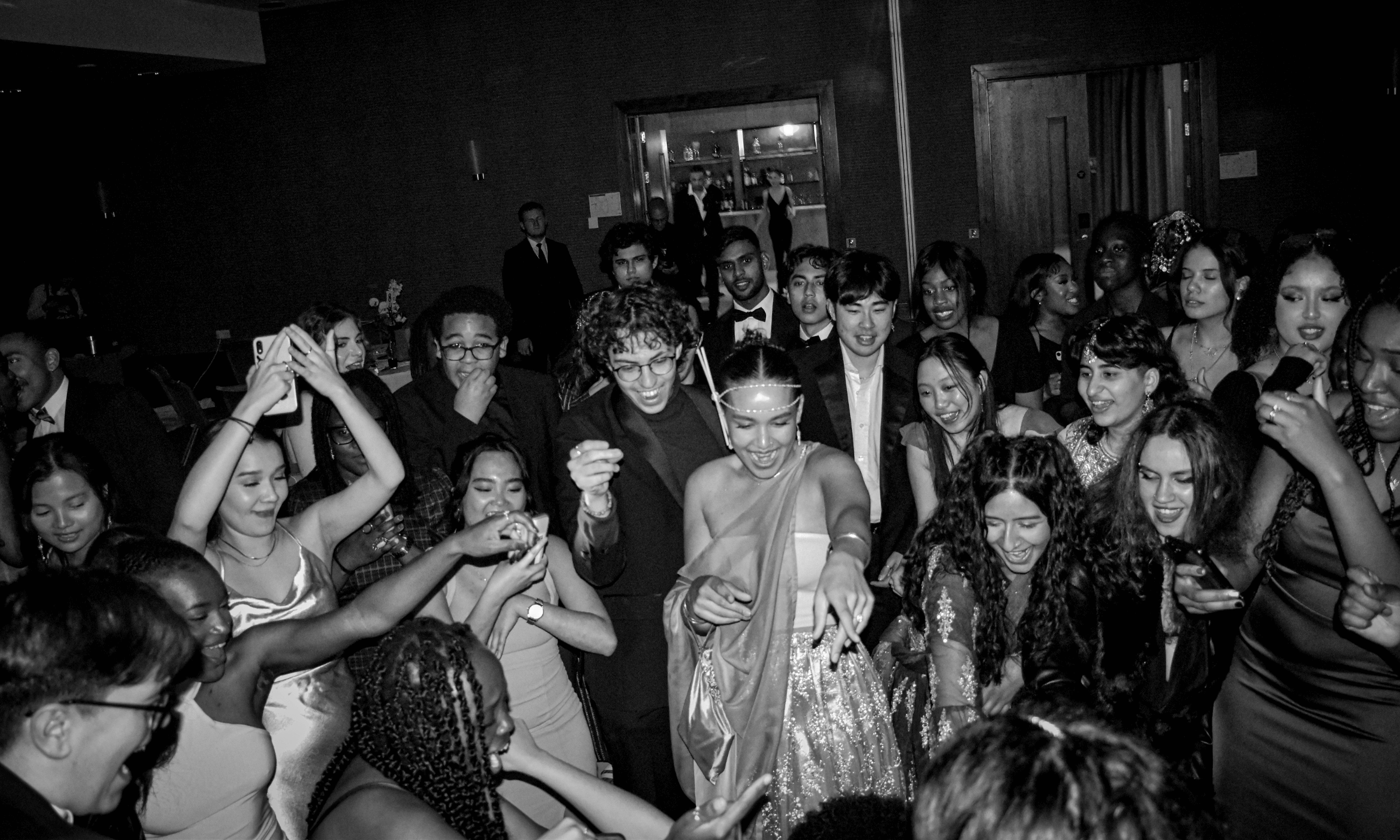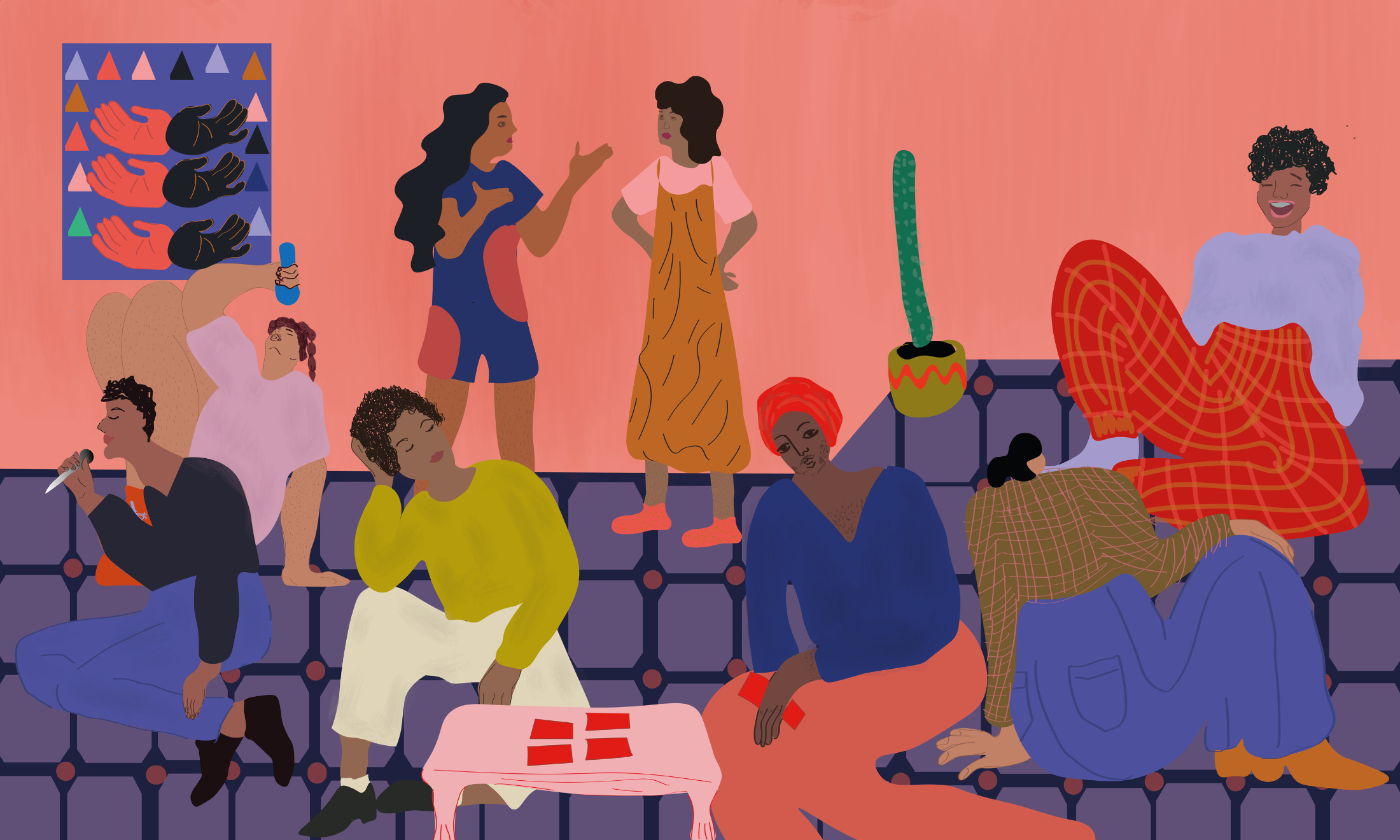
Since when were A-level predictions a good metric for intelligence or success?
Jenna Mahale
20 Feb 2018
When I was 17, my grades meant the entire world to me. I never had “tiger parents”, but academic achievement had always been something I considered a part of my personality. Mostly, this came as the result of the kind of school I went to: a high-performing London independent – predominantly white, of course.
In sixth form, we were encouraged to befriend our teachers; we were older now, more mature, and ready to enjoy relationships with academics on a more equal intellectual footing, almost like the Oxbridge tutorial system. Though not explicitly stated at the time, these relationships would impact the grade predictions we would receive in the months to come. These were especially important to our university applications, because the school participated in what was known as the linear system. Instead of taking AS exams in year 12 and A2 exams in year 13, we sat both sets of exams at the end of year 13. This meant that it was the estimations of our teachers that represented our academics, rather than the proof of our AS results.
I worked hard and frequently achieved top marks in my subjects; I had amicable relationships with my teachers. But my white peers often talked over me, and when they didn’t teachers only occasionally seemed to acknowledge me. When I received my predicted grades, I was crushed. I knew I was capable of more, and the lack of faith inherent in the predictions was painful.
While A-level grades tend to be overestimated overall, a recent study by the Sutton Trust revealed that students from poorer backgrounds are more likely to be under-predicted than their wealthier counterparts. The report found that every year, around a thousand disadvantaged students achieve grades higher than their teachers forecast for them. This can mean that they apply to universities and courses beneath their true abilities, narrowing their employment prospects.
“For women of colour in particular a system centred on favouritism is never going to be optimal when we are constantly undermined and underestimated in the classroom”
Even the admissions tutors that the Sutton Trust interviewed compared the predicted grades system to “crystal ball gazing”, and in many cases, it is just that. Last year, 73% of predictions ended up being overestimations of actual A-level results. But of course most predictions are wrong – they are an extremely subjective measure of academic excellence. There is no set formula for their calculation, and so there is no standardisation in the process of assigning them across schools. Equally, there is no way of gauging their weight in the admissions process of any given university.
Without AS grades to inform them, teachers increasingly have to draw upon their personal relationships with students to make estimations about them that are easily impacted by prejudices and preferences. Reading articles on the subject, I was surprised to find that none noted the well-documented ties between race and class when discussing the underrepresentation of high-achieving disadvantaged students at leading universities.
The report also highlighted how a lack of knowledge about the parameters surrounding the application process can contribute to a less diverse applicant pool. Many poor white students lack the information about and guidance through the university application process. But many poor people of colour, particularly those whose parents are first generation immigrants unfamiliar with the UK system, can face a cultural disadvantage as well as an economic one.
“I shouldn’t have to hide behind a candidate number for my work to be judged solely on its merit”
Likeability has long been a losing game for women of colour in particular. A system centred on favouritism is never going to be optimal for our success when we are constantly undermined and underestimated in the classroom. Many WoC pass through the British education system without ever being taught by anyone who looks like them. This problem is compounded the further up you go, and especially in private institutions.
In-group bias plagues the potential success of WoC at virtually every level of society. Ethnocentrism, both conscious and subconscious, is at the heart of much of the systematic racism in Western society. Social psychology has established that white men will favour other white men, displaying a strong interest towards preserving the status quo in settings where they maintain power, (particularly in the workplace). It only follows that a similar pattern of favouritism and exclusion in the classroom is perpetuated.
At university, achievement is far more transparent process. I am protected from the judging eyes of my assessors by my institution’s anonymous marking policy and my marks have never been higher. But I shouldn’t have to hide behind a candidate number for my work to be judged solely on its merit. Even then this isn’t always possible. If, later in my education, I have to perform in a viva or simply take an interview, my safeguard is gone and I am vulnerable to the biases of others once more.
When non-white students have to cling to anonymity in order to receive marks that they have earned, deeper, systemic changes must be made. The failure of the predicted grades system is endemic to larger problems in academia. The fact remains that only 15% of the academic staff in UK higher education institutions are BAME, not to mention that the top ranks of the country’s universities are (to no one’s surprise) overwhelmingly male. There are only three non-white vice chancellors in the UK’s top 50 universities. According to sociologist Mignon Moore, a black academic herself, “The work of women of colour has a more difficult time achieving legitimacy through traditional channels when the gatekeepers of those channels are white men”. How can we expect WoC to flourish as academics in high-profile, senior level positions when obscurity is so valuable to their success?
It is no wonder that we are harder to find in the upper echelons of a system of education that tells us, even before we can perform to prove ourselves, that we are unworthy. Sociologists often describe living in the intersection of racial and gender disadvantage as a “double jeopardy”, which is further complicated by a low-income background. These identity politics are pertinent to students’ experience in education.
Yet, datasets such as the ones surveyed in the Sutton Trust Report neglect to acknowledge these, instead using blanket terms like “disadvantaged”. Disadvantaged encompasses many different facets of marginalisation, and grouping the data erases this nuance.
Now, linear A-levels are becoming the norm, and predictions are finally being scrutinised as valid assessment methods. Returning to a post-qualification application system will eliminate bias in one stage of education, but this is only winning one of the battles. More vital is that both teachers and academics become cognizant of their own biases, and proactive in their remedy.









